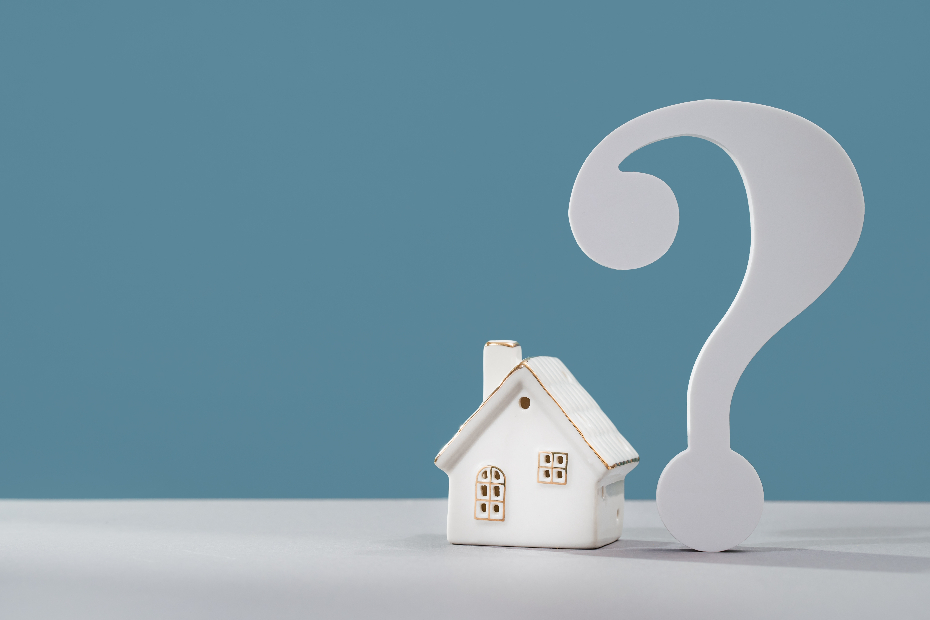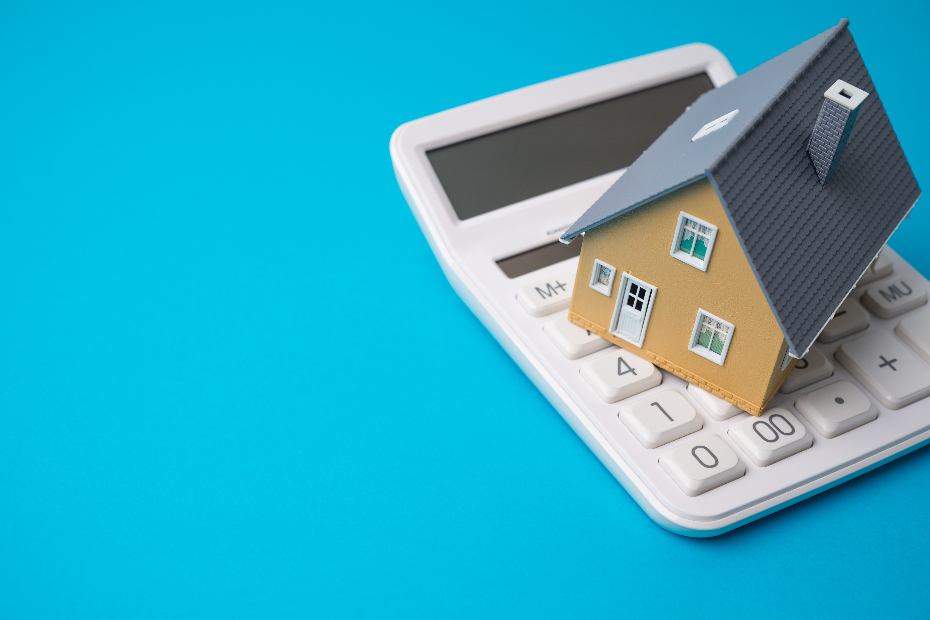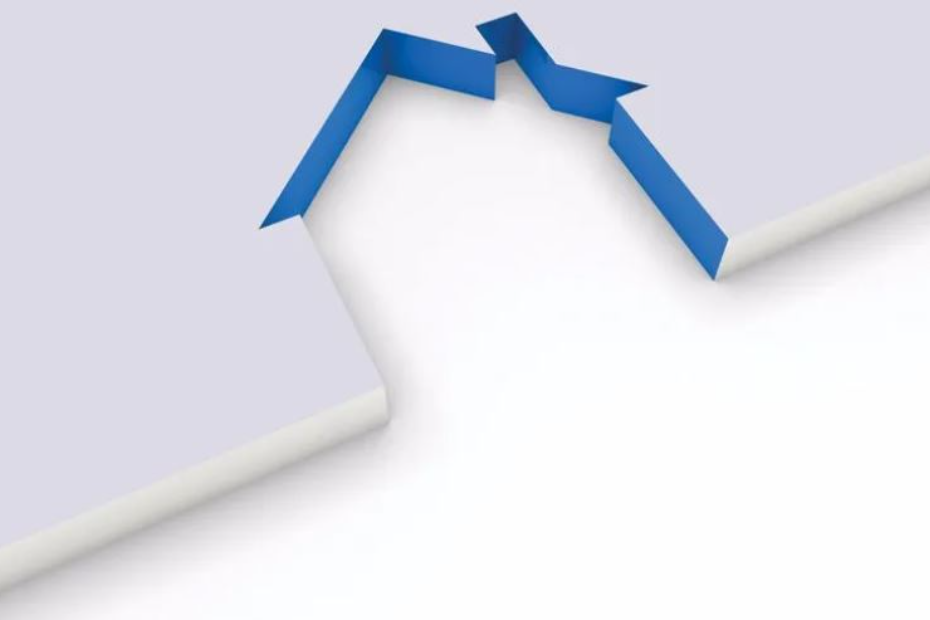This is an edited version of a story previously published on RBC Discover & Learn.
By understanding the home-buying process you can plan ahead, prepare financially, and find the right home for you.
Step 1: Plan your finances
- Determine your budget – Before you start house hunting, you need to know how much you are willing — and able — to spend on your new home. There are simple actions you can take yourself to determine your budget, including finding out your credit score, tracking your monthly outgoings, and calculating how much you can afford to put toward a down payment as a lump sum. There are also a number of Canadian home buying incentives you can explore.
- Pre-qualification – If you’re going to be applying for a mortgage, the RBC True House Affordability® Tool provides a pre-qualification, which gives you an estimate of the amount of mortgage you may qualify for with RBC based on your household income, your expected down payment, and a soft credit check. It takes less than a minute to complete and does not impact your credit score.
- Apply for preapproval – As you begin to look more seriously, you can work with a mortgage professional to plan your path to purchase and then apply for preapproval. Mortgage Specialists like RBC Mortgage Specialist can help you with your home financing needs at the right moment in your journey. Pre-approval is a step up from pre-qualification and provides a statement of how much money a lender is willing to loan you for a home. It allows you to lock in an interest rate on your mortgage, so you can shop with confidence. Then, when you’re making an offer on a home you love, a preapproval letter lets the seller know that you’re able to secure the amount you’re offering.
Step 2: Search & discover
Once you know how much you can afford, you can start looking for homes. By beginning your search online you can identify your priorities and the little details that matter most to you. On online platform like Houseful, you can find listings based on more than 1,000 different features, from the neighbourhood you want to be in to the type of flooring you’d like. You can save the homes you love and then receive real-time updates on your favourites. Houseful will also send notifications on other homes that match your search criteria and might be the right fit.
In addition to tailored insights on your area of interest, you can search for homes within the boundaries of your preferred schools. Even if you aren’t a parent, the proximity of local schools can have a big impact on the value of your asset, so it can be a worthwhile consideration regardless of your family plans.
Step 3: Connect with an agent
Once you’re ready to tour homes, it’s time to connect with a real estate agent. It’s important to find an agent you trust, because they will guide you through the home-buying process and negotiate on your behalf. You can talk to friends and family to find out if they can recommend anyone or conduct your own research ahead of time.
If you’d rather skip the legwork, Houseful can match you with an experienced, local agent, hand selected for you, so you can act quickly when you find a home you love.
Step 4: Line up your team
In fast-moving real estate markets, it can feel difficult to keep up. By understanding the value of homes in your areas of interest and how quickly they are selling, you can make informed and confident decisions. You can also rely on up-to-date inventory and sign up to receive instant email alerts from Houseful so you never miss a home that could be the one.
With your preapproval letter in hand, some platforms like Houseful will even have a dedicated Concierge Team works hand-in-hand with your agent so you always know what’s next.
To ensure you are prepared to make an offer when you find the right home, you’ll need to work with a mortgage lender who will help you identify the right mortgage for your situation and get preapproved, allowing you to shop with confidence and make an offer when you find the right home.
Step 5: Close on your new home
When you find a home that fits your needs and budget, your agent will help you craft an offer. When your offer is accepted, your agent will walk you through each phase of closing, including a home inspection.
In order to approve your loan, your lender may also require an appraisal of your new home to ensure the assessed value aligns with the sale price, as well as proof of home insurance. Before your closing date, you’ll also do a final walkthrough of the home with your agent to make sure it’s as-stated.
On closing day, you’ll sign the papers to put the home in your name, agree to mortgage terms, and verify your homeowners insurance. Keep in mind that in addition to your down payment, you may also be responsible for closing costs on your new home, which include required taxes and fees. As a rule of thumb, you should expect to pay around 3% of your home’s total price in closing costs. Your mortgage provider can walk you through any specific documents for your market as well. Then you’ll receive the keys to your new home! For more mortgage and financial advice, talk to one of our a dedicated RBC Healthcare Specialists.
Houseful is a complete homeownership platform that provides personalized guidance, tailored home search, and access to the latest market insights to support every step of your real estate journey. RBC is excited to collaborate with Houseful on helping you achieve your homeownership goals.
Related stories:
This article is intended as general information only and is not to be relied upon as constituting legal, financial or other professional advice. A professional advisor should be consulted regarding your specific situation. Information presented is believed to be factual and up-to-date but we do not guarantee its accuracy and it should not be regarded as a complete analysis of the subjects discussed. All expressions of opinion reflect the judgment of the authors as of the date of publication and are subject to change. No endorsement of any third parties or their advice, opinions, information, products or services is expressly given or implied by Royal Bank of Canada or any of its affiliates.



















